Forcing bulbs indoors makes them bloom earlier than they would out in the garden. Learn how to force bulbs for a colorful indoor display!
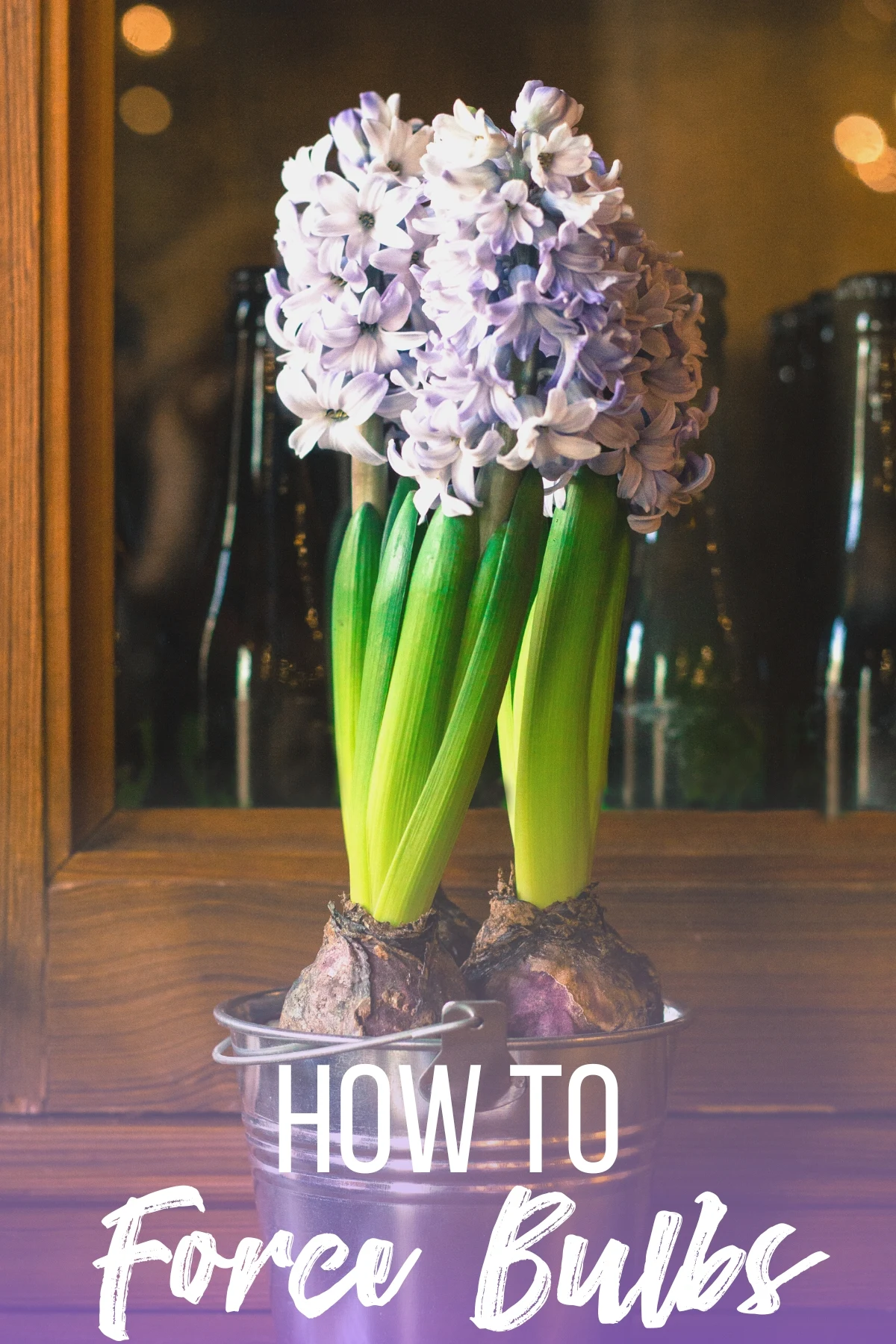
Forcing bulbs indoors allows you to create beautiful displays of early-blooming flowers in attractive containers for tabletops, window sills, and shelves. Forced bulbs usually have a longer bloom time than those grown outside, so you enjoy the color and scent for weeks.
Forcing bulbs indoors is not hard, but it takes a little preparation and planning. In addition, it's crucial to know which bulbs need a lengthy chill period before they bloom. Otherwise, you'll end up with an empty pot!
Here's how to do it!
This post contains affiliate links for your convenience. Purchases made through these links may earn me a small commission at no additional cost to you.
What does forcing bulbs mean?
Forcing bulbs means that you trick the plant into growing indoors sooner than it would outside in the garden. Typically, bulbs are planted in the ground in autumn to get the required chill time before sprouting in the spring.
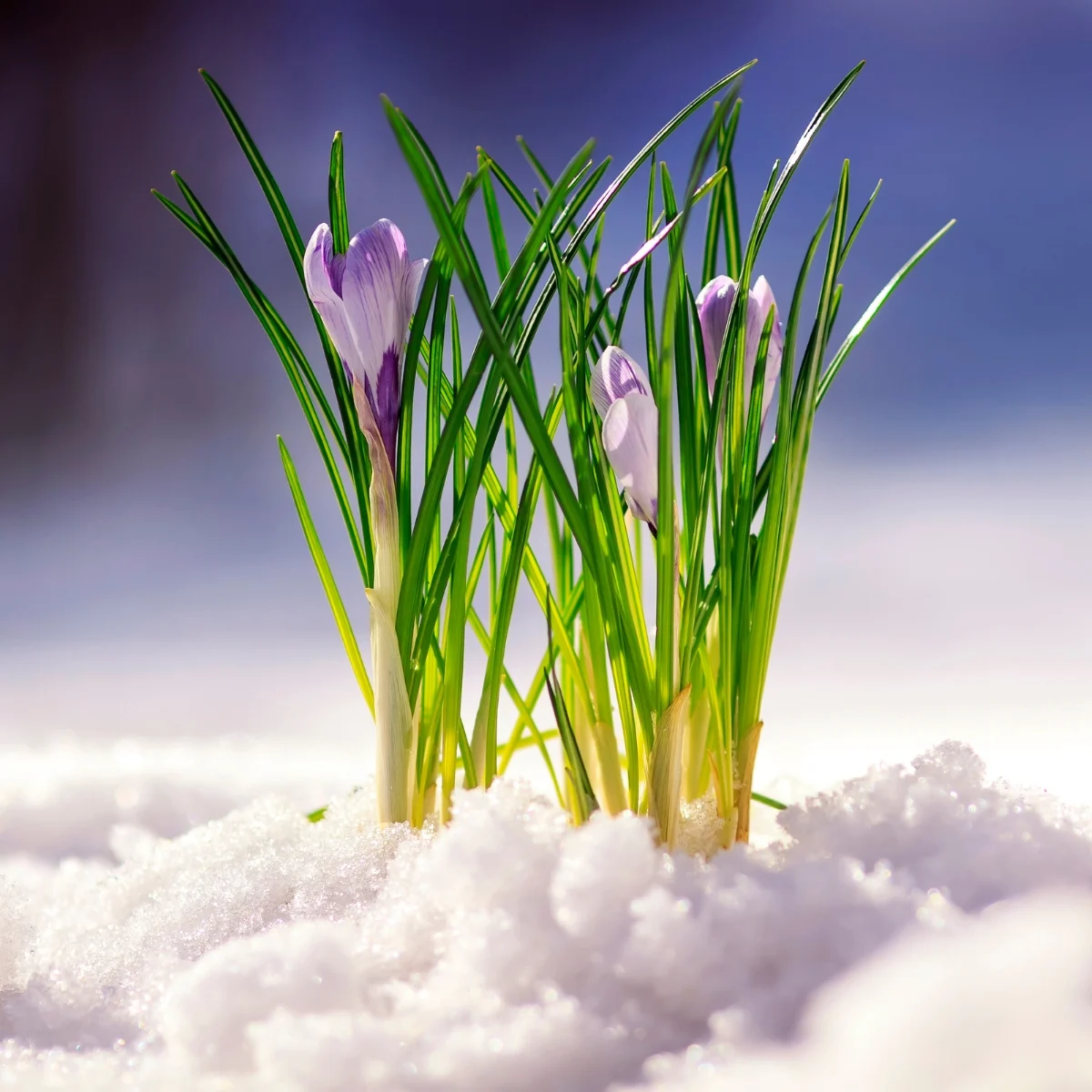
By chilling the bulbs artificially, then bringing them into your warm home, you send signals to the plant that it's time to bloom!
Bulbs that need chilling
Most bulbs need a period of cold before they will sprout. Earlier blooming cultivars work best for indoor forcing. Bulbs that need a long chill period include:
- Tulips
- Hyacinths
- Crocuses
- Iris
- Snowdrops
- Daffodils
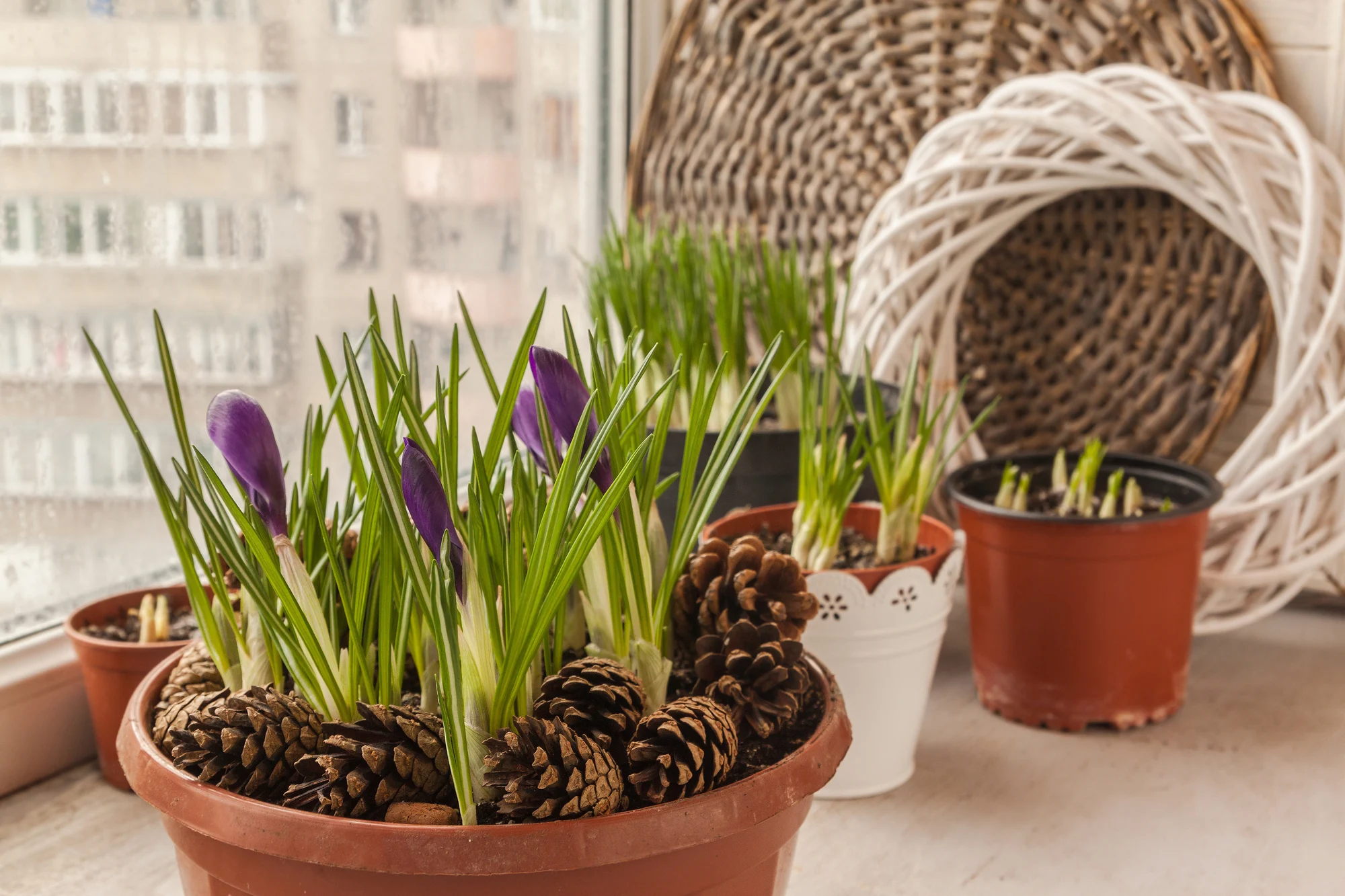
Depending on the species, these bulbs must sit in the dark at temperatures between 35° to 55°F for 9 to 18 weeks. Unheated garages, cold frames, and crawl spaces often have optimum conditions for chilling bulbs, but it's crucial they don't freeze.
Covering the bulbs with straw or dry leaves helps protect them from damage and light exposure. If rodents are a problem in your storage area, cover the bulbs with metal mesh such as hardware cloth to prevent them from being eaten.
Chilling bulbs in the refrigerator
Another easy way to chill bulbs for forcing is by storing them in the refrigerator in a paper bag. However, it's vital to keep the bulbs away from apples, pears, and other produce that emits ethylene, a gas that can damage flower development.
In addition, be sure to label the bags with the start and end dates of the chilling period and the variety's name. Also, make sure that the bulbs aren't mistaken for food because many are poisonous!
Planting bulbs after chilling
After chilling the bulbs for the required time, plant them in potting soil or equal parts of peat moss and vermiculite. Check out these articles for more information about planting commonly forced bulbs, such as tulips or daffodils.
If you don't plan to transfer the bulbs to the garden after forcing, you can use shallow decorative items like vintage tea cups and bulbs as a pot. Otherwise, choose a deeper container with at least 3-4 inches of space below the bulb for root development.
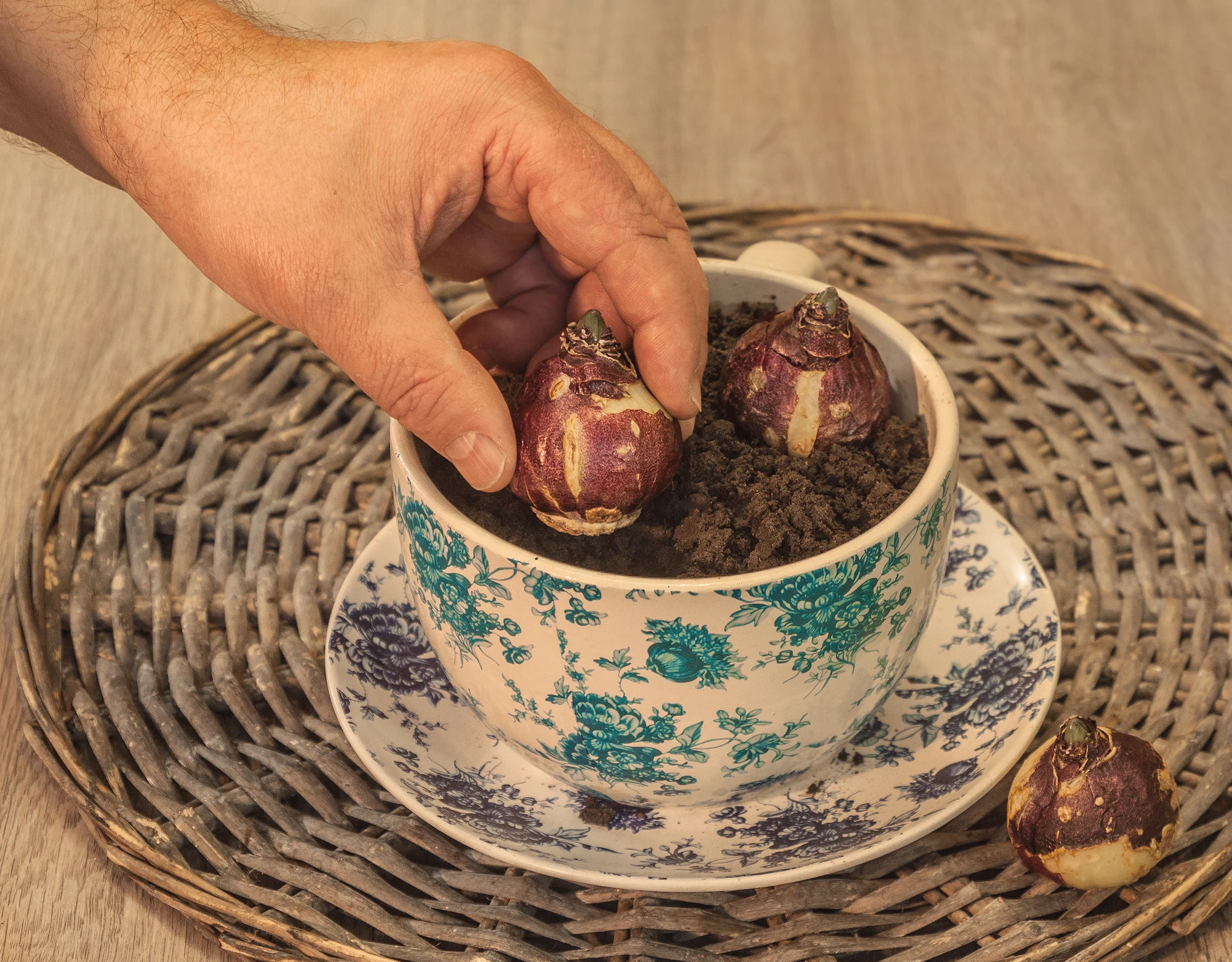
The bulbs contain plenty of nutrients to start growing and producing flowers, so there is no need to add fertilizer. Water the container, then store it at approximately 55°F in a dark place for about a week to stimulate root and shoot growth.
When you bring them out, you'll see short, yellow stem growth that quickly greens up after placing the container in indirect sunlight. Care for the plants as you would out in the garden, and they'll bloom on your windowsill in the middle of winter!
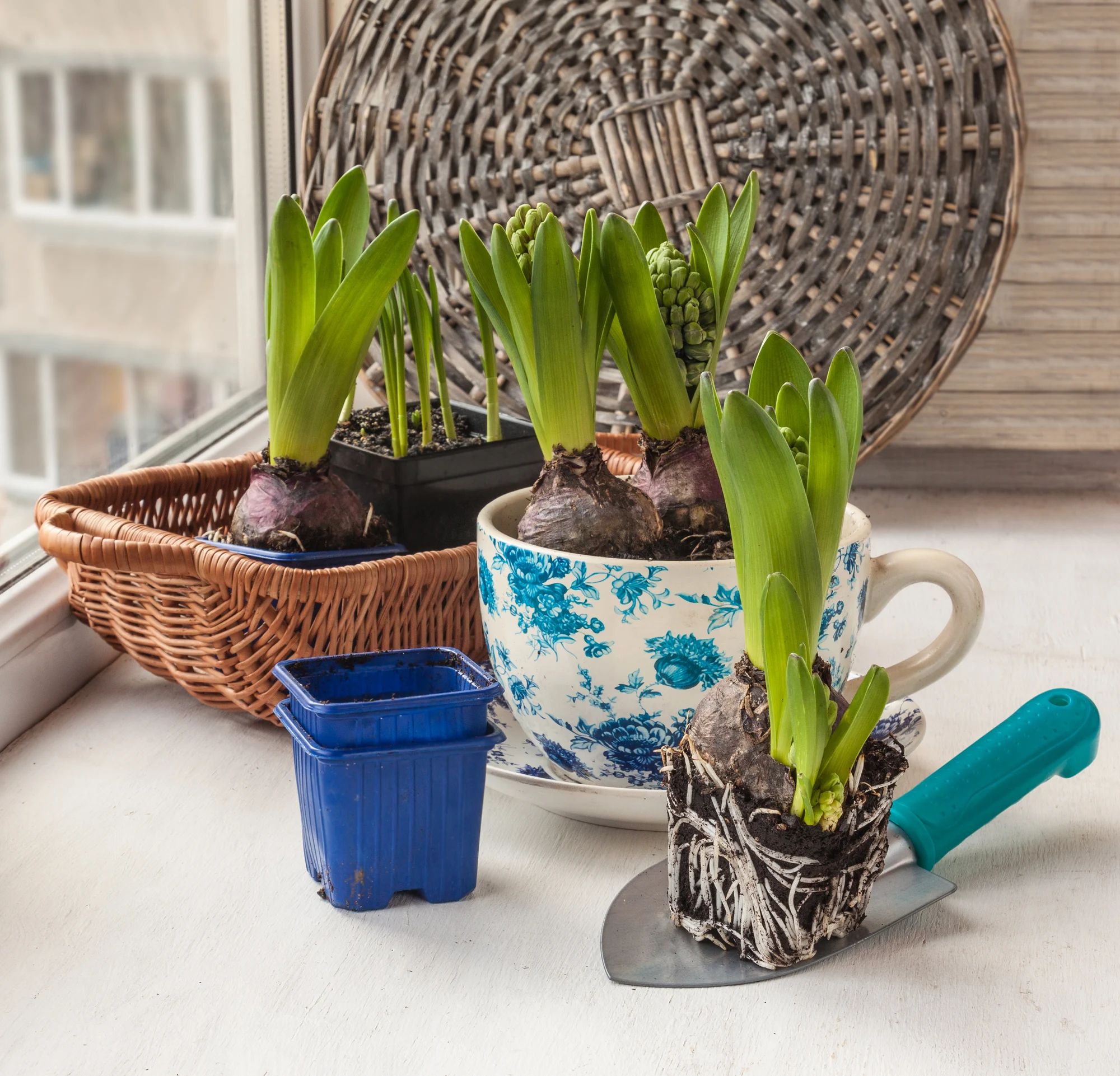
Forcing bulbs in water
Some bulbs, such as hyacinths, can be forced to bloom in a water vase. You can find unique hyacinth vases of many shapes, colors, and designs at thrift stores, garage sales, and online.
After chilling the hyacinth bulbs, fill the vase with water and place the bulb in the narrow neck designed to hold it in place. Replenish the moisture as needed to keep it at the bottom of the bulb, and in three to four weeks, watch for colorful stalks of flowers!
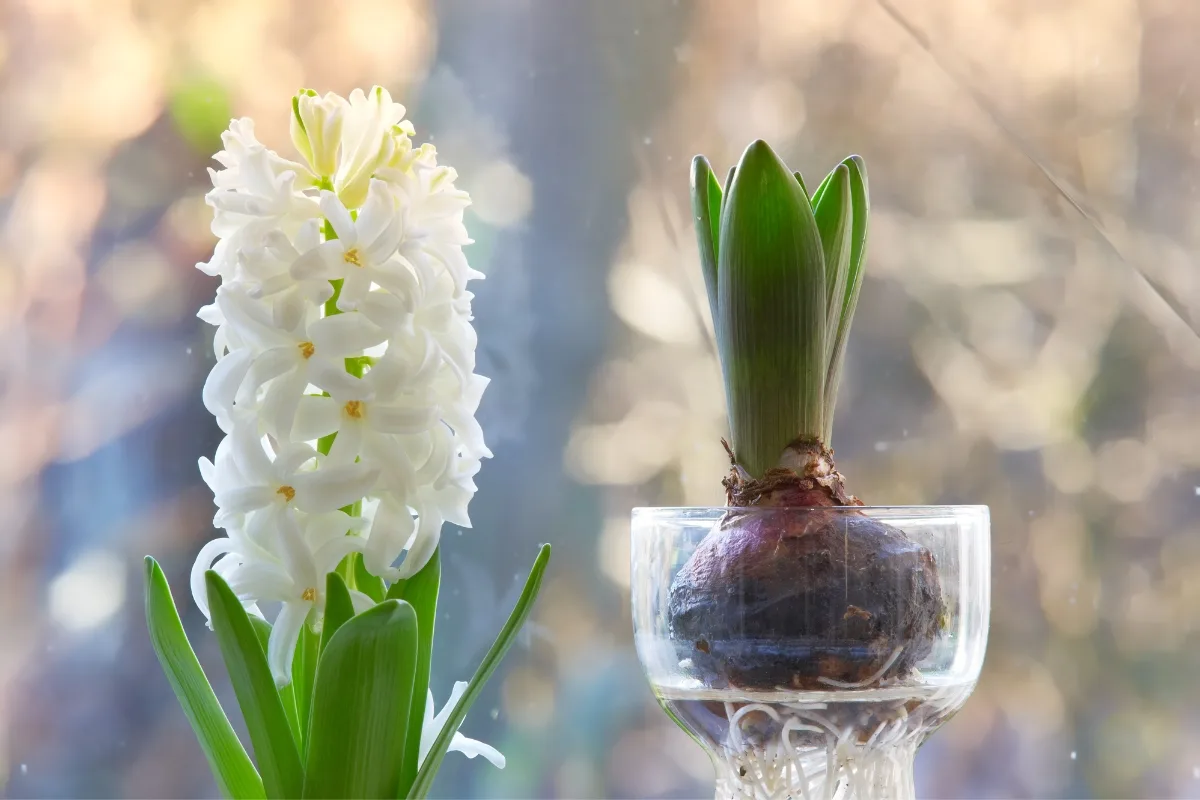
As the plants grow and flower, keep the container at or slightly below 68°F in bright but indirect sunlight to prolong the bloom. You can also stagger planting times to keep the color going longer.
Bulbs that don't require chilling
You can force some bulbs to flower indoors with little or no chilling. Two of the easiest are:
- Paperwhite narcissus
- Amaryllis
Paperwhite narcissus is also called the Chinese sacred lily and is known by the Latin name of Narcissus papyraceus. Other species of narcissus need a chill period, but not this one, so it's easy to force these indoors.
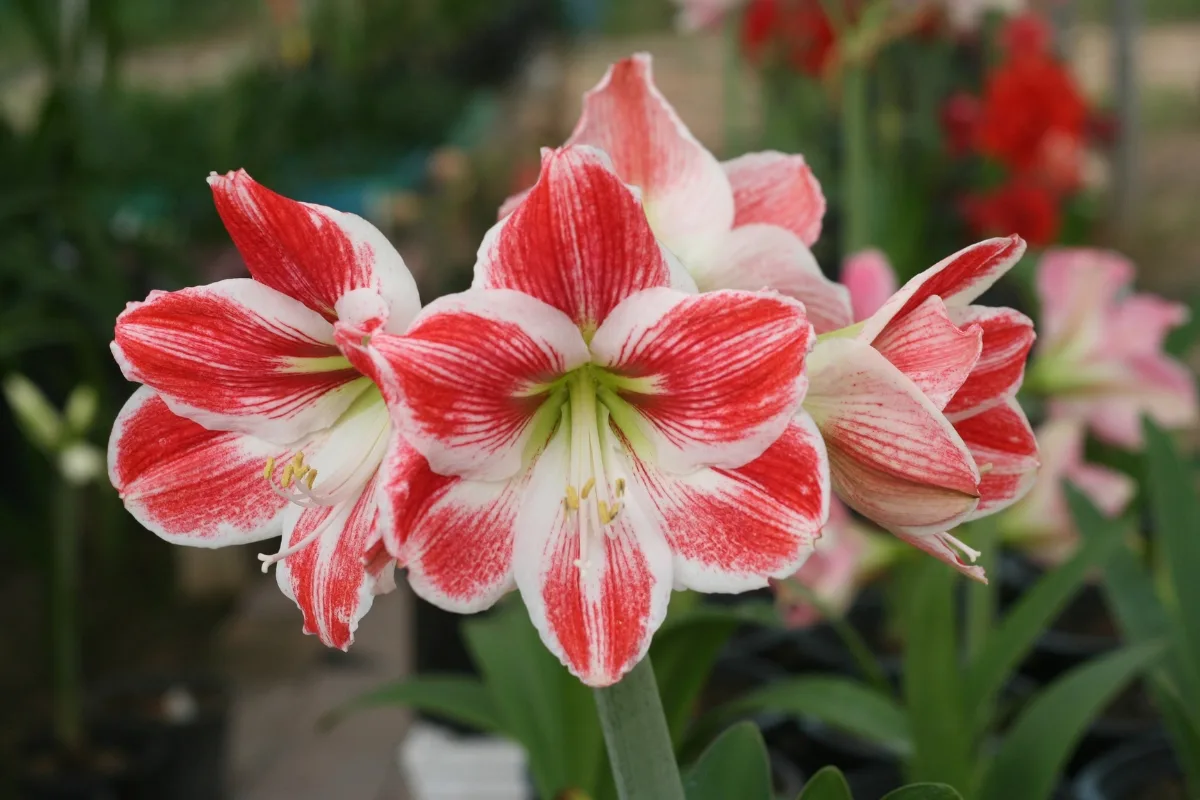
Amaryllis bulbs are commonly found in garden centers during the holiday season to give as gifts. Waxed amaryllis bulbs are encased in decorative wax, which prevents the bulb from drying out. You don't even have to water it!
How to force bulbs that don't require chilling
If you would like your bulbs to bloom for a specific holiday or special event, plant them about four weeks beforehand. For a succession of blooms, plant new bulbs when the current batch is starting to open.
No-chill bulbs can be planted in shallow containers, such as decorative bowls, deep saucers, or vases. Place the bulbs on top of the soil pointy side up, exposing the upper part of the bulb. You can add moss or other decorations to cover the exposed soil.
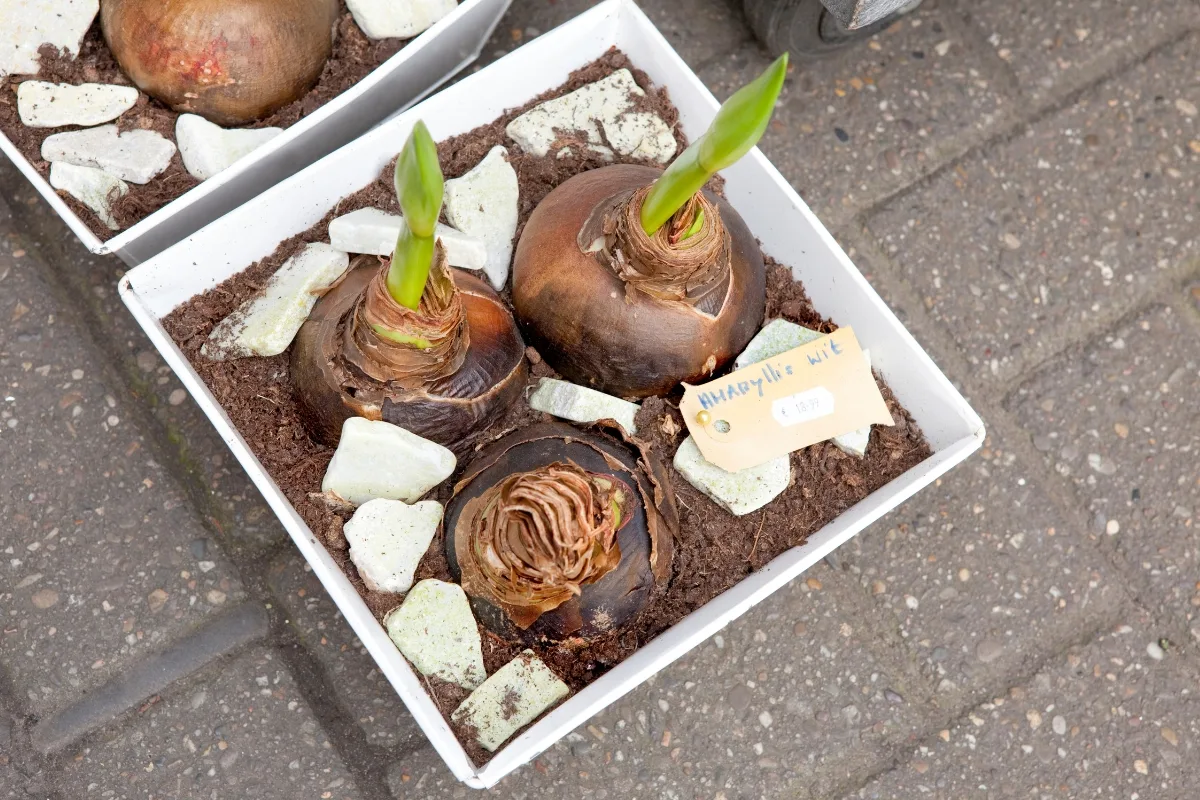
Keep the container at a temperature of about 65°F at first. When shoots appear, move the container into brighter but still indirect light and more warmth. However, the flowers bloom longest if kept in a cool environment and out of direct sunlight.
Maintain the water level so it just reaches the bottom of the bulbs as they grow. If your container doesn't have drainage holes, be careful not to overwater or the bulbs could rot.
Now that you know how to force bulbs indoors, you can enjoy a beautiful display of blooms even in the darkest depths of winter! Have you ever tried this technique? I'd love to hear about your results in the comments below!
